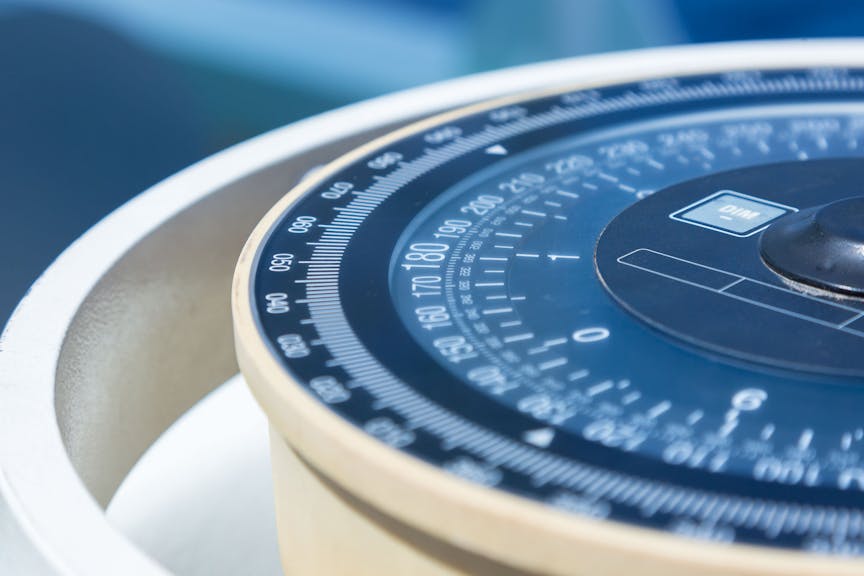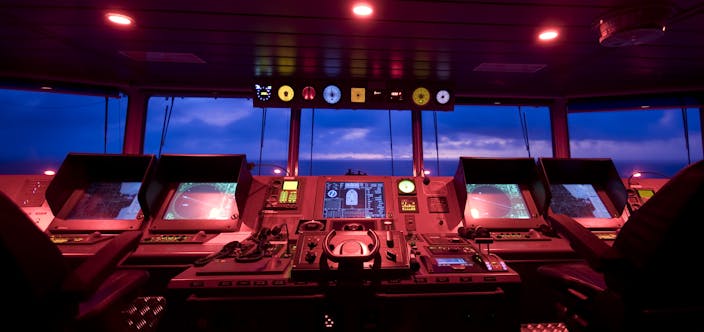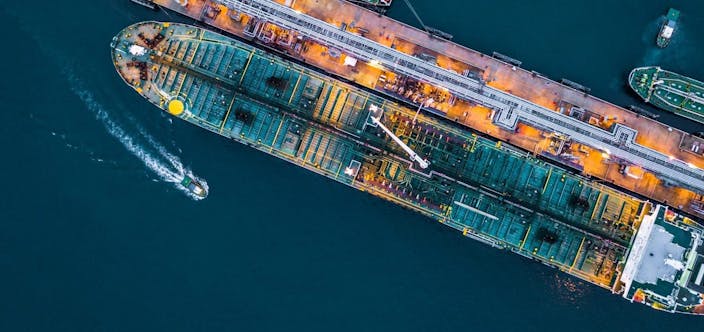Passage Planning – Berth to Berth!

A thorough passage plan must adopt Bridge Management Practices and follow SOLAS Chapter 5 (regulation 27 and 34), the STCW convention, and the associated IMO guidelines (resolution A.893(21)). There are publications such as the ICS Bridge Procedures Guide that help to explain voyage planning and checklists. Furthermore, the ISM Code and the SMS formally incorporate the voyage planning processes for the vessel and are audited regularly for compliance. Navigation deficiencies connected with passage planning are one of the more frequent matters raised during port state inspections.
Ship owners, ship operators, and masters should be aware of the possible consequences arising from inadequate passage planning in terms of losses, such as groundings and pollution, and the legal implications of pre-voyage negligence, as reliance on an unsafe voyage plan can in some circumstances render the vessel unseaworthy in law. The well-known court case CMA CGM Libra recently highlighted the importance of proper passage planning.
Effective passage planning is complex and requires diligence. To ensure safe execution of each stage of a passage, the voyage needs to be planned berth to berth and must be checked and approved by the Master before departure. It is important to be consistently thorough, for example, do not over-rely on the pilot’s knowledge to get the vessel from the pilot station to the berth: You should plan in full detail as if you would not have any assistance onboard. There are four stages of passage planning:
1. Appraisal
The first stage of passage planning is to gather all information pertinent to the proposed route. Consideration should be given to the vessel itself in terms of type, stability, operational limitations/restrictions, and manoeuvrability. The cargo carried may affect the route to be taken. ENC’s should be updated, and their coverage checked. (If carrying paper charts then the folio should be comprehensive with up-to-date charts of the correct scale.) Notices to mariners, nav warnings, updated sailing directions, admiralty lists of lights and lists of radio aids are to be consulted, along with routing guides and tide atlases/tables. Weather routing is important, and information such as VTS reporting points and pilotage information should be included.
2. Planning
In the digital era of passage planning, ECDIS makes plotting a voyage smooth, but the fundamental principles of passage planning remain unchanged. The passage is planned berth to berth with pilotage areas included. The information gathered in the appraisal stage is utilised to create a detailed voyage plan which entails plotting the intended track (including wheel over positions, course alteration points, transit lines, aborting positions etc. on paper charts), marking areas of environmental protection or danger (‘no go’ areas), having contingencies for ports of refuge/emergency anchorages, marking VTS reporting points, determining safe speeds, and identifying methods of position fixing. Take time to scan/route check properly. The Master must check and approve the passage plan before departure.
3. Execution
Step three is to execute the passage in accordance with the plan and the principles of good seamanship. It is possible that circumstances arise which require the passage plan to be altered, therefore it should be treated as a ‘living document’ subject to change. If changes are made, they are to be consistent with IMO guidelines/requirements, they should be recorded, and the passage plan shall be re-checked by the Master. There should be no confusion as to which version of the passage plan is in use. Factors to be taken into account during the execution of the passage include the reliability/condition of the navigation equipment onboard, estimated time of arrival (for consideration of tides for example), weather conditions, traffic conditions, and night navigation for passing high risk areas or for effects on position fixing. Remember the dangers of over-reliance on navigational aids, avoid screen fixation and remember to cross-check the displayed position!
4. Monitoring
The final stage is to carefully monitor the ships progress against the passage plan, determining the ships position by all available means and recording relevant information as required.
Follow the links below to view our ECR and Bridge posters >>
Instructions for Engine Room Officers



